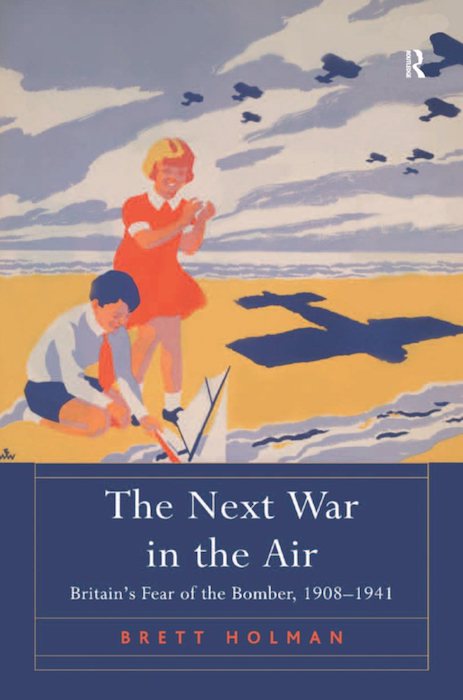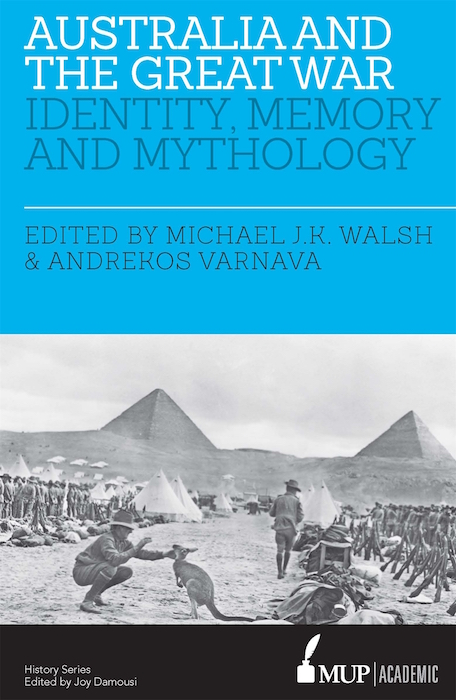Acquisitions
Brett Holman. The Next War in the Air: Britain’s Fear of the Bomber, 1908-1941. London and New York: Routledge, 2017. Yes, I’m one of those authors, the kind who buys the paperback edition of their own book, just to see what it looks like! At least I’ll get some of that back in royalties… Mike […]




